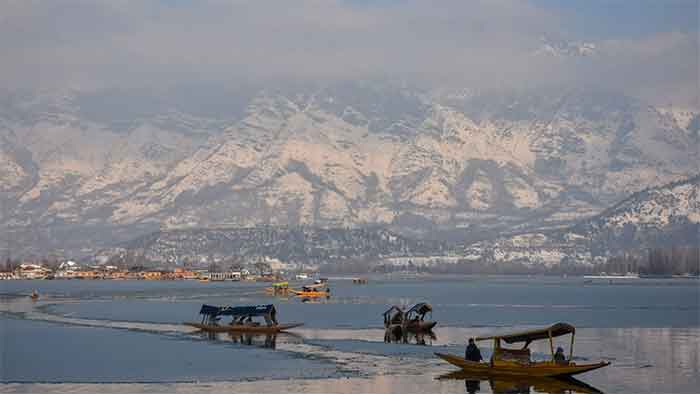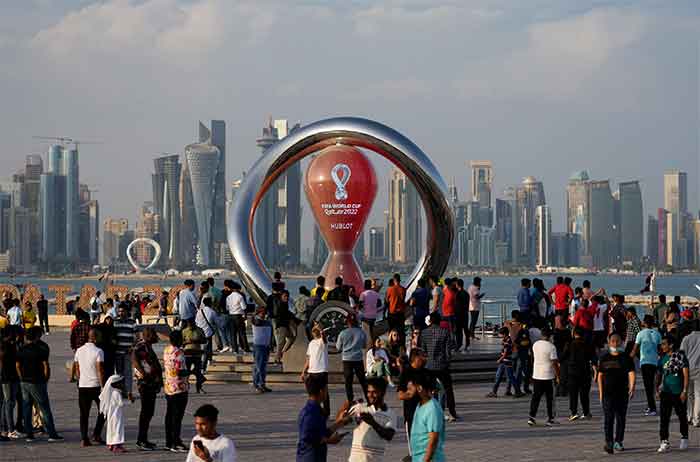
Some years ago, a local bakery chain in Kerala started making traditional snacks. The one that caught my attention was the Neyyappam, the ghee-fried cake that later made the news during the Android N naming campaign. My first response was that of joy- at being able to revive childhood memories that were getting lost due to busier lifestyles. But while the taste seemed authentic, there was something missing. The experience didn’t add up.
Cut to the present. One defining fallout of Covid has been the glut of webinars. If one’s been in business for long enough, one is sure to come across a few where friends and former associates are on the panel. Sure enough, here was one on sustainable tourism by someone who focused on experiences, as opposed to sight-seeing and bucket lists. He had something to say about authenticity. His case in point was ‘Theyyam’, the ancient tradition from North Kerala that blurs the lines between worship, ritual and art.
Performed over a few days and nights at temples and homestead shrines during the November to March season, it incorporates elements from very deep into the region’s history. Its visual elements are striking, from the costumes to the chants to the performance. Striking enough, for many people, to get stuck at that superficial level and miss what it stands for. Unfortunately, that allows people to arrange- and view- staged short performances that hardly offer anything more than a TV documentary.
Back to Neyyappams, then. The above narration made me realize what the missing element was. It was not just something that covered the physical senses of sight and smell and taste, but went beyond into the intangible working of the brain. For the Neyyappam was not just a dish, it had connotations and linked memories. More than anything else, of my grandmother, and the elaborate ritual she’d follow preparing betel leaves while I tucked into the Neyyappams. Of the bulky rafters in the ceiling of my mother’s ancestral house, the wide veranda, the wide open courtyard, the cowshed beyond. People and things not physically present today but deeply ingrained in my mind from when I was a little boy.
Those are experiences I’d love to have my own children go through, and increasingly, people pay to go through other such experiences far removed from their routine lives. A TV documentary or a staged show would inform, no doubt. But as they say, eating biryani with a knife and fork is like making love through an interpreter. In this case it goes even further- it’s like watching a cookery show instead of eating the dish!
On the flip side though, there is the matter of sustainable economics and the need in a very competitive world for enhanced marketing. The first concern is the livelihood for those engaged in such traditional practices and arts. Theyyams are associated with homesteads and family temples, and there is therefore a financial constraint for some or many of the families that sponsor the ritual. Staged shows allow the performers (I say ‘performers’ for want of a better word) the chance to earn more than they otherwise would. An interesting parallel in the same region is the phenomenon of traditional music ensembles, which were previously restricted to temples and Hindu weddings, now being a regular feature of retail product launches and other commercial events.
So on the one hand, there is the need to provide better livelihoods to the practitioners of traditional arts while on the other, there is the need to create new value. At the same time, local communities need to protect their heritage. To find out how to balance all these, let’s quickly travel around the world. To Japan and France, to Judo and Karate; and then return to North Kerala and Kalarippayattu to connect.
Most people know, if not of the elaborate ranking system in Karate, at least of the ‘Black Belt’. What fewer people know is that this a rather recent development. In fact, the subordinate belts were introduced- in Judo and not in Karate- as late as 1935, and that too not in Japan but in France. This was done to encourage learners, and the system was adopted by Karate just as it had adopted the Black Belt Dan system a decade earlier. Trivia aside, the point here is that the early ambassadors of Karate not just sought to take the art elsewhere, but were flexible enough to bring in innovations that helped popularize it.
It is not just the appeal of early-stage progress markers, but also the ease of access to classes that help keep Karate popular. Back in Kerala, Kalarippayattu, despite having a much more ancient tradition and arguably better value both in terms of health and in terms of visual appeal, is still only marketed as an esoteric art and is restricted in reach.
Forget global brand recognition, even the extent of popularity in the home market is not strong enough. While Karate and Kung Fu have achieved cult status locally due to movies, the popular practice of Kalarippayattu is still not as much in Kerala as it might have been. The number of schools that teach Karate in Kerala is quite possibly more than the number that teach Kalarippayattu, and moreover enrolling and attending classes for the latter is quite often more difficult than with Karate due to puritanism and the lack of far-sighted strategy.
If you have already started thinking of how to market Kalarippayattu better- and some have already started– you might then extend the idea to other traditional art and ritual forms. However, it evidently needs to go beyond simple, short-sighted commercialization. Artistes need to be supported, traditional values need to be protected, and value creation has to be deeper and not just transactional.
Here, there is yet another leaf to take out of the Karate story. Almost all Karate schools trace their authority to some founder in Japan. Indeed, to get the higher Black Belt Dans in many schools, one has to travel to Japan. And this allegiance/affiliate system has a royalty component built into it, and the founder of the original school often indirectly gets a small component of the retail fees charged for classes or grading tests. It can be argued that parallels exist in other areas- for example, the language you’re reading counts among its top authorities the Oxford and Cambridge Universities, whose dictionaries are still at the very top. Do they, too, command some form of royalty?
Could the art element in Theyyam be hived off, separate from the worship and the ritual, which retain the ultimate authority and charge a royalty in some form? The different temples and family shrines could be the modern-day fountainheads of the art, as a continuation of the patronage they extended in earlier times. There might even be a collective that many of them subscribe to, perhaps something comparable to the Académie Française that oversees the state of the French Language. This collective might own the Geographical Indicator tag and the IP and trademarks associated with the tradition. The land these come from already has deep roots in the cooperative movement anyway, with some notable successes.
And from the Neyyappam case study, we could build the branding strategy that puts traditional dishes in a separate, well-recognized category that is part of a broader, holistic experience and not just a quaint old taste that struggles on its own against every other random taste-inducer, some of which have the benefit of deliberate and aggressive marketing.
Neyyappam, in the end, lost out to Nougat in the Android naming race. But to make an argument in jest, the English alphabet does extend to Z. Maybe we could get the world to pronounce the notoriously difficult ‘zha’ sound of Malayalam. Now THAT would be a PR coup.
Deepak Balachandran is an entrepreneur and management consultant.
SIGN UP FOR COUNTERCURRENTS DAILY NEWSLETTER

















































